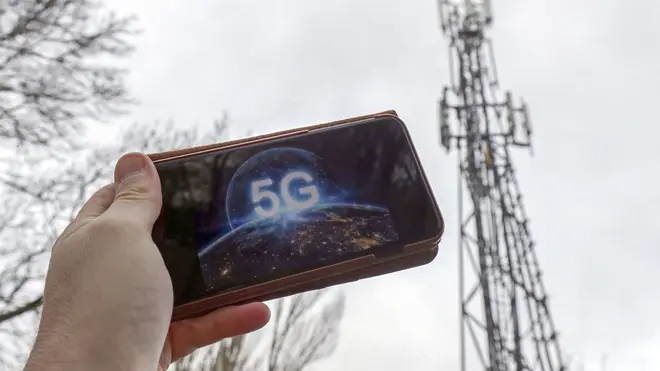
Ian Payne 4am - 7am
28 November 2020, 00:04

New facility based in Oxfordshire is supported by £3 million of Government funding.
An engineering hub to harness the power of 5G and satellite technologies is set to be completed in Oxfordshire next year.
The facility will develop software that allows satellite networks, including low earth orbit networks, to be integrated into communications networks on the ground.
Scientists will focus on finding ways to better connect rural areas to 5G in the most affordable way possible, as well as transforming how businesses from manufacturing to entertainment work.
“This year staying connected has taken on a new profound importance – from keeping in touch with loved ones and competing in Zoom quizzes, to helping us tackle Covid-19,” said science minister Amanda Solloway.
“This new state of the art facility backed by Government funding will enable our brightest researchers and engineers to better understand how 5G can help connect us all, creating new business opportunities, while delivering green efficiencies across the UK.”
The hub will be based at the Harwell Campus in Oxfordshire, supported by £3 million of Government funding and a European Space Agency (ESA) contract.
As part of the development, IT and business consultancy firm CGI is working with BT, Avanti Communications and the University of Surrey.
“ESA’s novel 5G Hub will showcase how space technology enables connectivity, partnering with industry to foster innovation in the realms of autonomous vehicles and smart cities, and to enable machines to exchange information with one another via the internet of things,” Elodie Viau, director of telecommunications and integrated applications at ESA.
“Adding satellites to existing terrestrial 5G infrastructure is essential to ensure a reliable and safe telecommunications network that supports such connectivity which in turn promotes a seamless and more environmentally friendly experience. Investing in space improves life on Earth.”